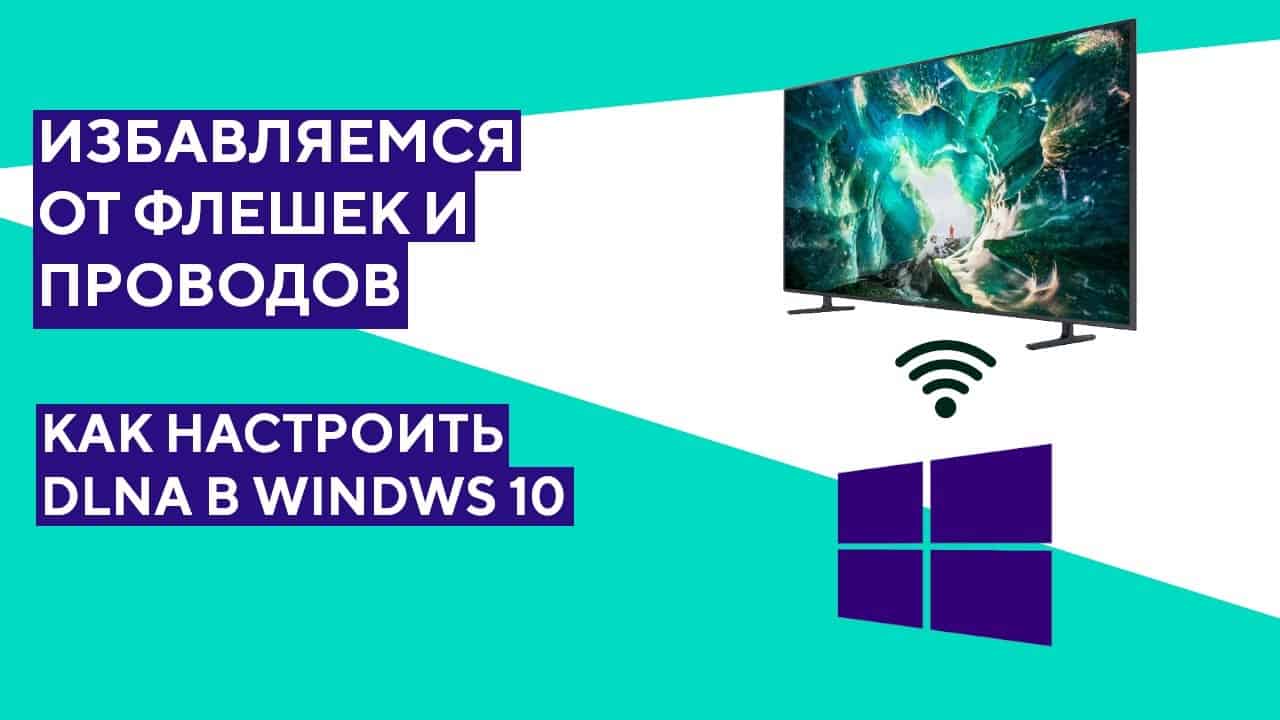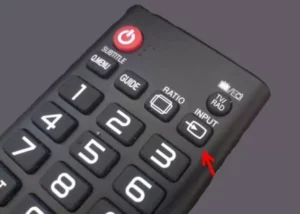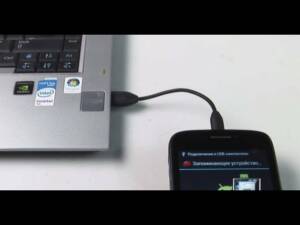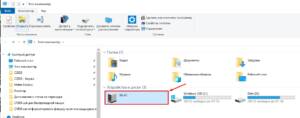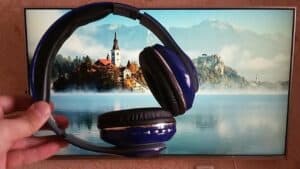DLNA is an acronym that stands for Digital Living Network Alliance. It is a non-profit association of companies that has created standards for transferring multimedia files over a home network. In other words, DLNA allows devices connected to the same network to interact with each other and share data such as photos, music, and videos. The DLNA standard is supported by most modern devices, such as TVs, media players, and smartphones. To use DLNA, all you need to do is connect all your devices to the same Wi-Fi network and set them up to share files. After that, you can easily transfer and view multimedia files from any device to another. DLNA (Digital Living Network Alliance) is a set of standards and protocols that allow devices on a home network to share multimedia content. This allows consumers to easily transfer photos, videos, and music between devices without the need for wires or additional devices.
DLNA works on a server-client principle. A server device, such as a computer or NAS (network-attached storage), stores media files and makes them available to other devices on the network. A client device, such as a TV or media player, can access and play these files.
For DLNA to work, devices must comply with certain standards and protocols. For example, the server device must support the UPnP (Universal Plug and Play) and HTTP (Hypertext Transfer Protocol) protocols, and the client device must support the DLNA and UPnP protocols.
To use DLNA, you need to set up devices on your network and allow them to access media files. To do this, you can use special software that allows you to manage devices and content on the network.
DLNA is a convenient and simple technology for sharing multimedia content on a home network. It allows you to easily transfer photos, videos and music between devices without the need for wires or additional devices.
DLNA is a standard that allows devices on a home network to share media content. But which devices support DLNA? This can be any device that has the ability to play media content, including televisions, game consoles, smartphones, tablets, computers, and even some home theater systems. It is important that your device has DLNA support so that it can share content with other devices on your home network. If your device does not support DLNA, you can install special software that will add this function.
DLNA and multimedia: how to watch movies from your phone on TV?
DLNA is a technology that allows you to transfer media between devices on the same home network without using wires. This means that you can watch movies from your phone on your TV using DLNA.
To do this, you need to make sure that your phone and TV support DLNA and are connected to the same Wi-Fi network. You can then use apps like BubbleUPnP or AllConnect to stream video from your phone to your TV.
Additionally, you can use DLNA-compatible storage such as NAS (Network Attached Storage) to store and transfer media files to various devices on your home network.
DLNA is a convenient way to watch movies and other media files on big screens. With it, you can transfer videos from your phone to your TV and enjoy watching them in a comfortable environment.
How to set up DLNA on your devices?
DLNA (Digital Living Network Alliance) is a standard that allows devices on a home network to share media files. Setting up DLNA on your devices is not difficult, but may vary depending on the manufacturer.
1. Connect your devices to the same home network. Make sure they are all connected to the same router or modem.
2. Enable DLNA on devices that support this technology. This can usually be done in the device settings.
3. Set up sharing of multimedia files on the server. To do this, you need to select the folder or drive where the files are stored and share them via DLNA.
4. On other devices connected to the network, launch an application that supports DLNA. This is usually a multimedia player or TV that can connect to the Internet.
5. In the application, select the server on which the multimedia files are stored and select the file to play.
Setting up DLNA may take a few minutes, but once done, you'll be able to easily share media files between your devices. Remember to check if your device supports DLNA before purchasing it.
DLNA and security: should you worry about data security?
DLNA (Digital Living Network Alliance) is a standard that allows devices on a home network to share media files. But what about security? Some users may be concerned that their data may be at risk when using DLNA.
However, in general, DLNA is a fairly safe standard. It uses security protocols such as WPA2 to protect against unauthorized access to your home network. Additionally, media files that are transferred over DLNA are not sensitive data such as passwords or banking information.
Still, if you want extra security, you can use a VPN or configure additional security protocols on your router. Also remember to use strong passwords to access your home network and the devices connected to it.
Overall, DLNA is a secure standard and you can use it without much concern about protecting your data. However, as with any technology, it is advisable to provide additional protection to minimize risks.
DLNA is a technology that allows you to transfer data between devices without using wires. It can be used to transfer music, photos and videos between devices such as smartphones, tablets, TVs and game consoles.
One of the main advantages of DLNA over other data transfer technologies is its versatility. DLNA is supported by most devices, making it an ideal choice for those who use different devices from different manufacturers.
In addition, DLNA makes it easy to set up and use. Because this standard uses the UPnP (Universal Plug and Play) protocol, devices can automatically detect each other and connect to the network without the need for complex settings.
DLNA also supports high-quality content such as HD video and lossless audio. This means that users can enjoy their favorite movies and music in high quality on their devices.
Overall, DLNA provides an easy and convenient way to transfer content between devices, making it an ideal choice for those who want to enjoy their favorite media across different devices.
Read further:
